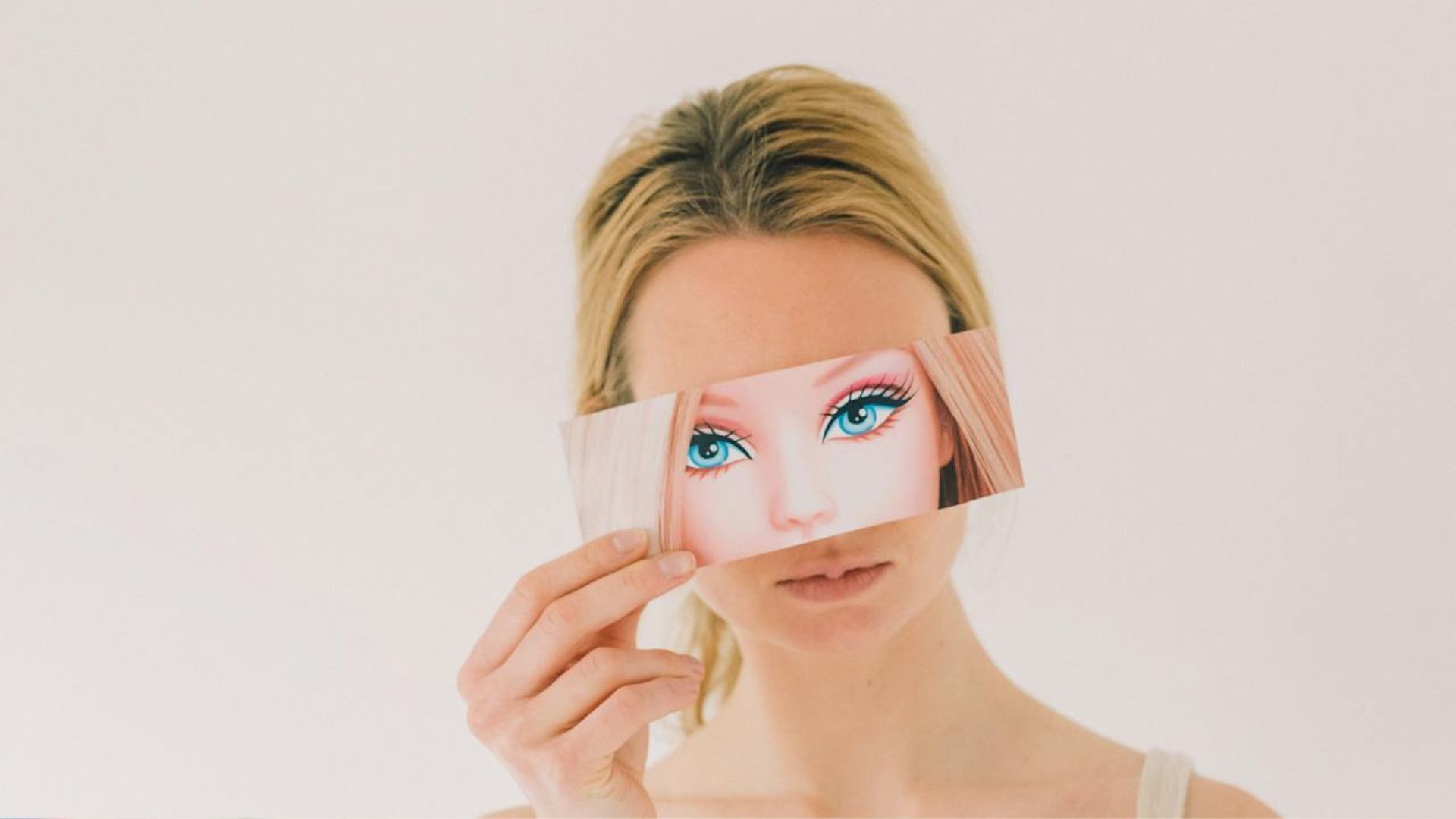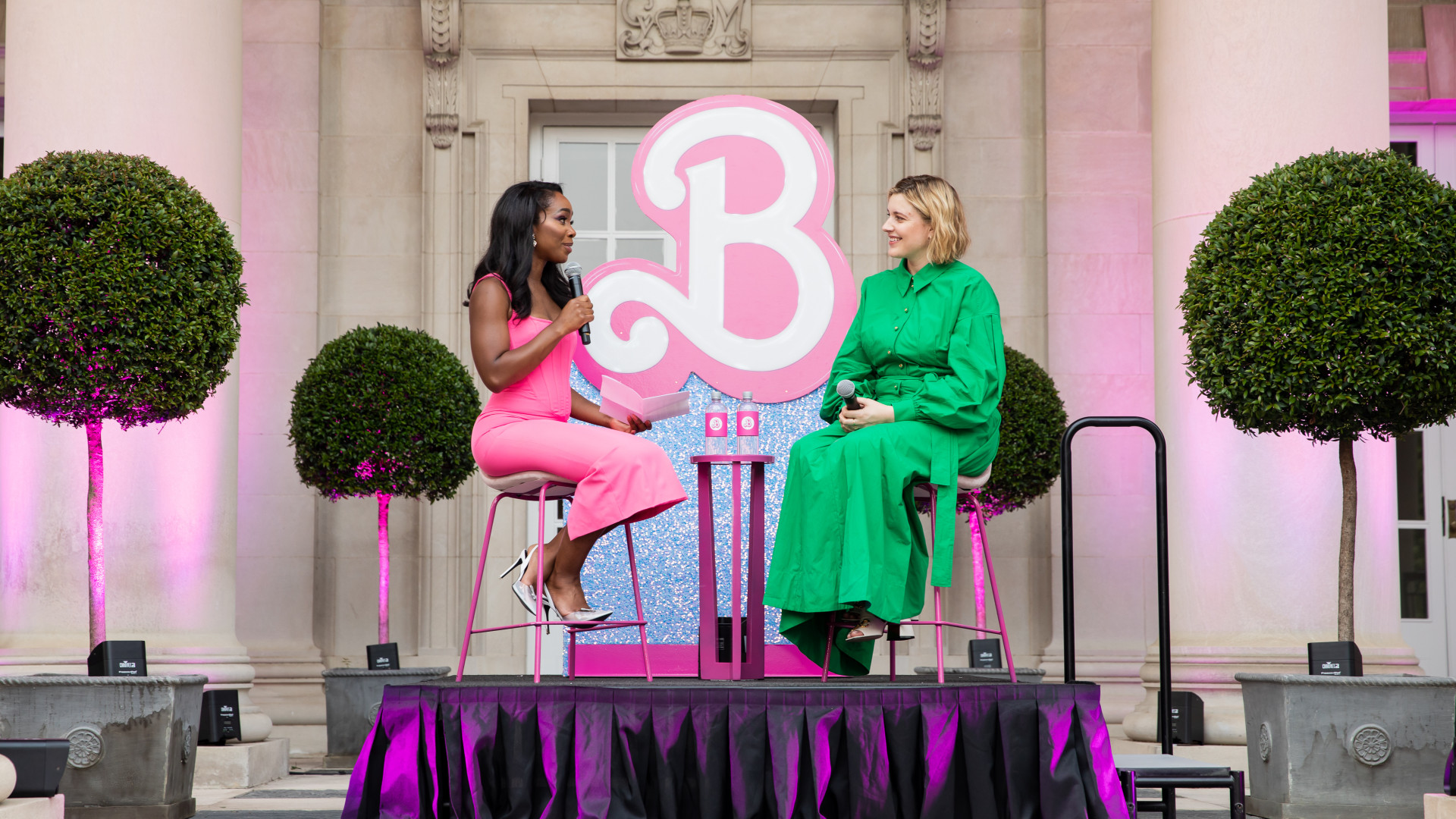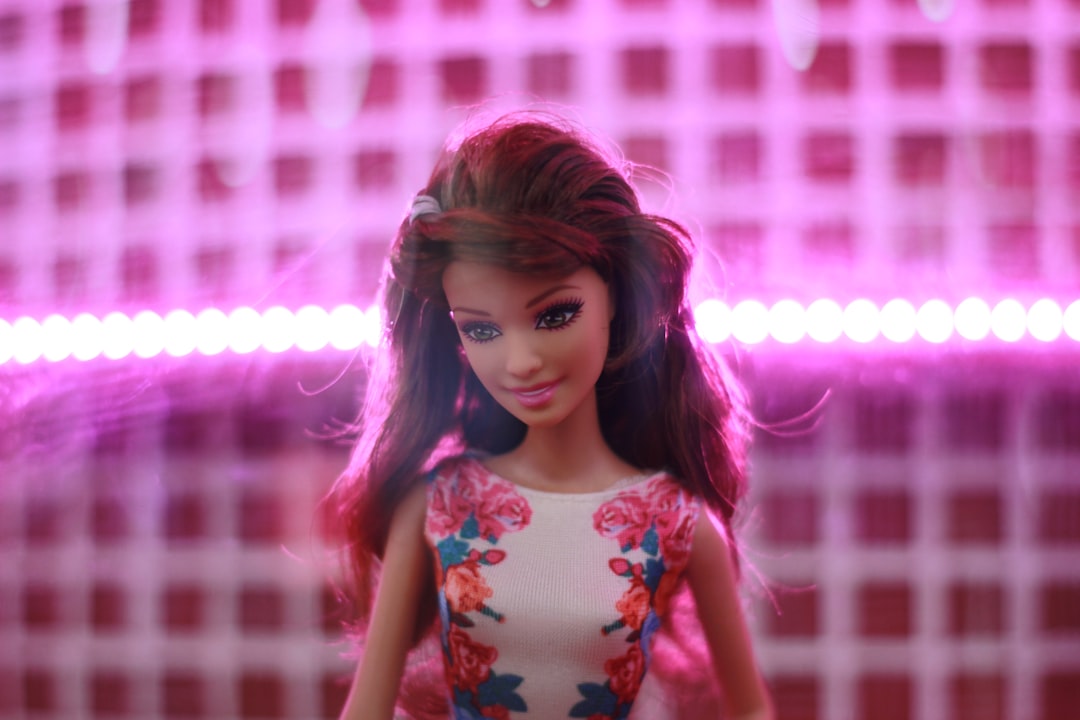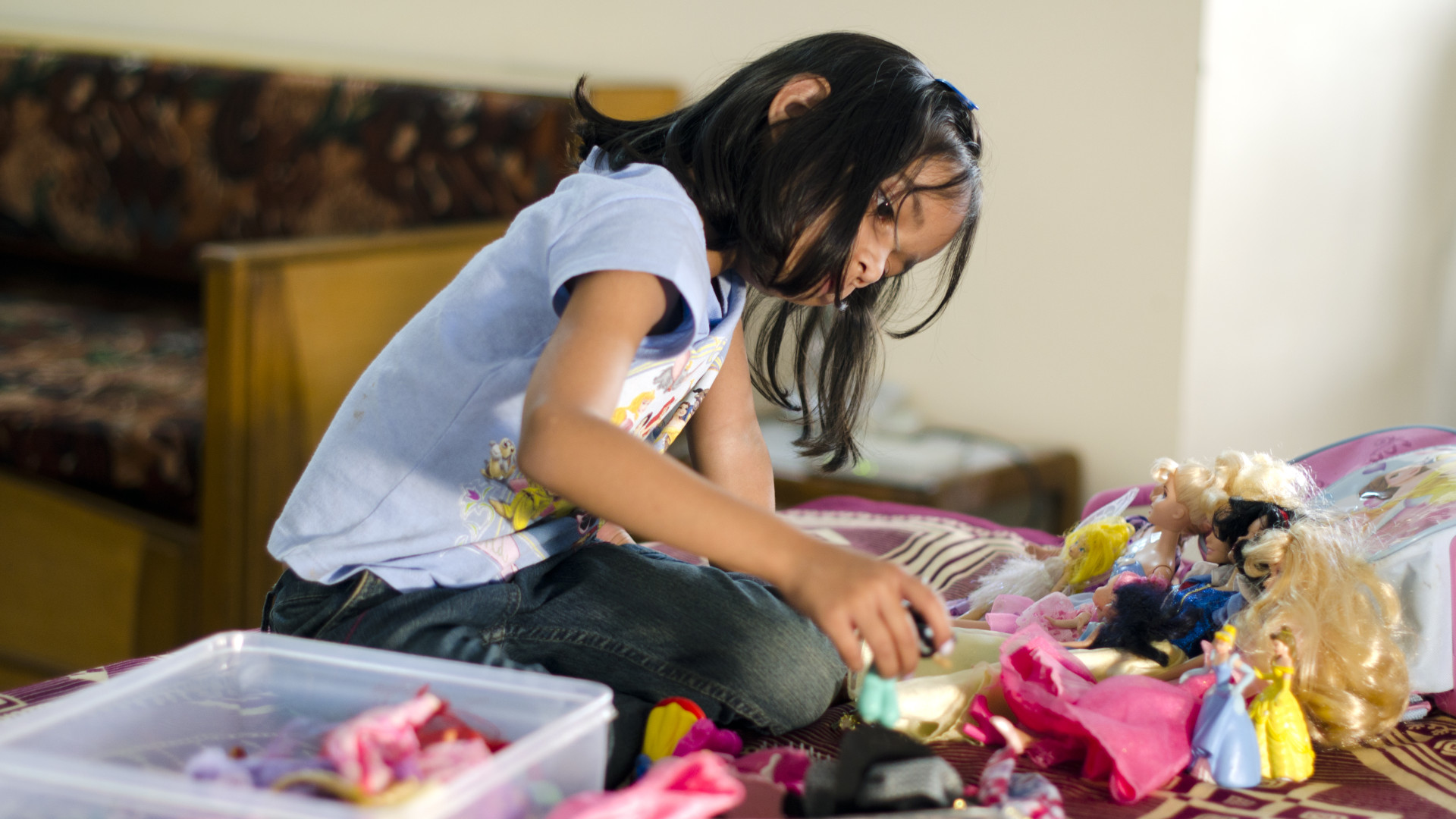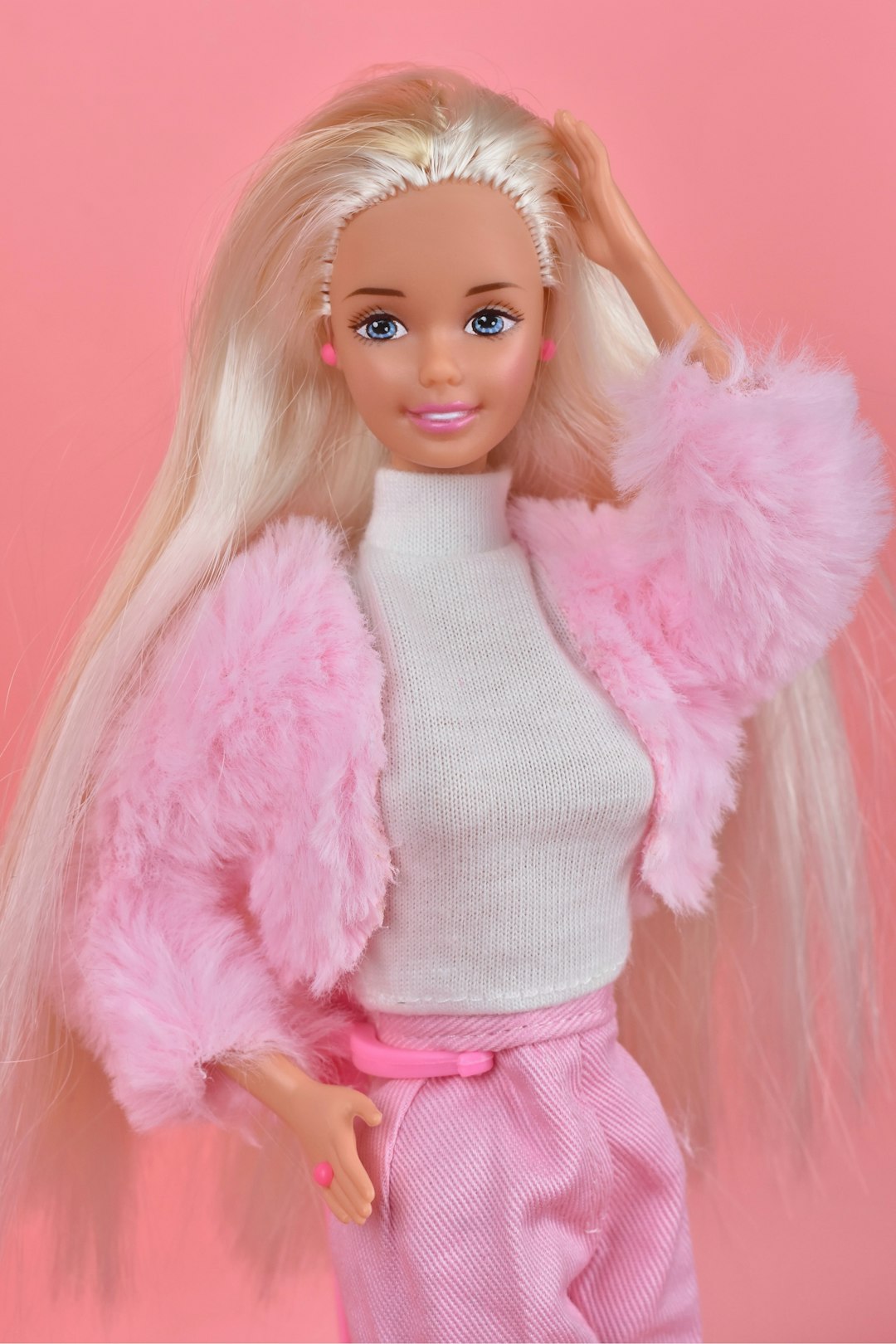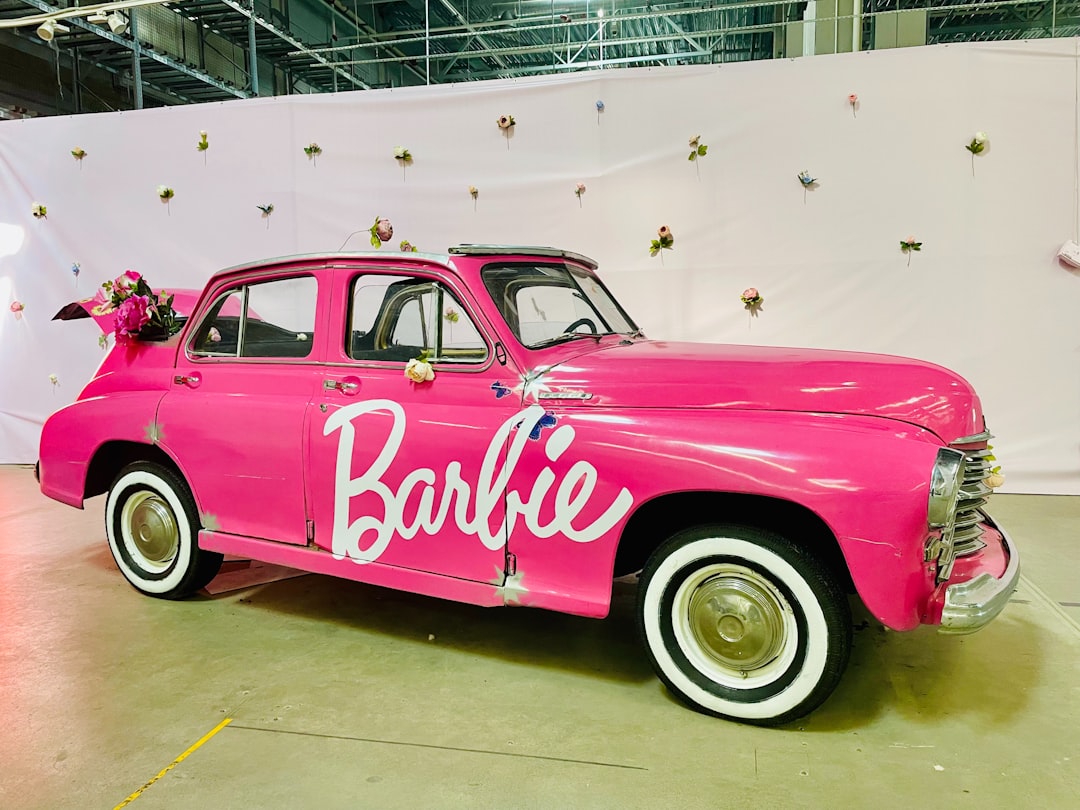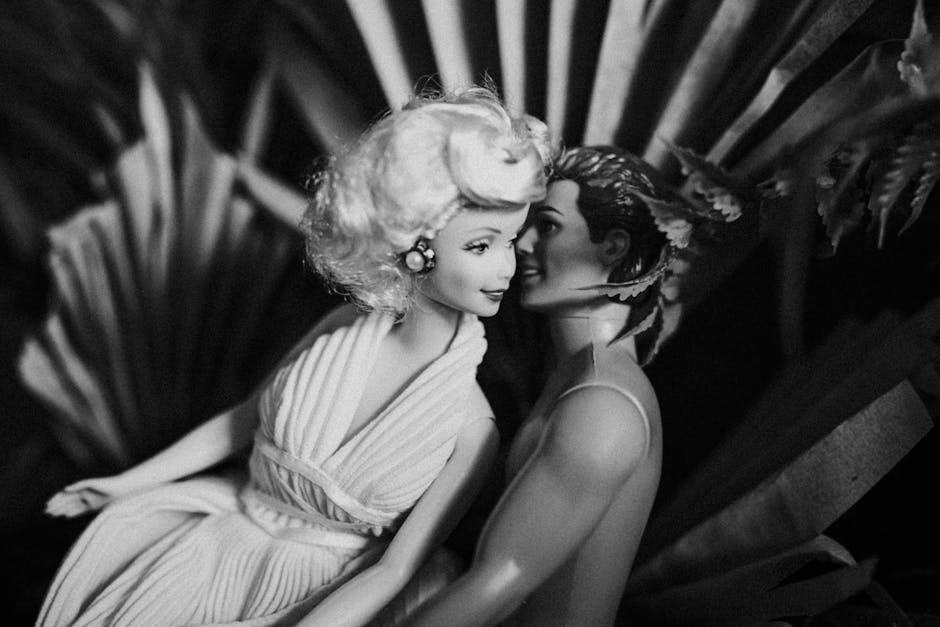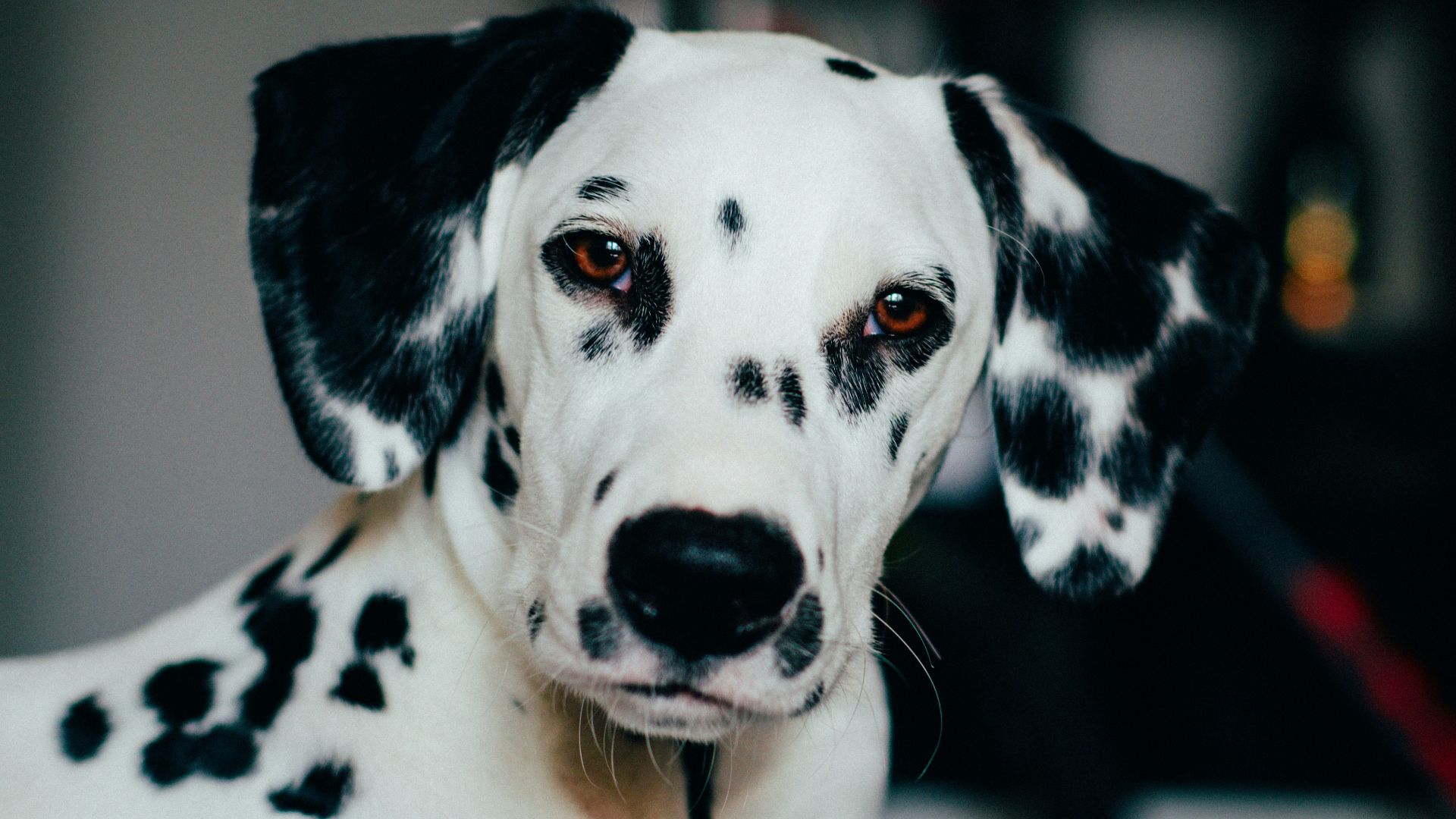Wrapped In Plastic Is Not Always Fantastic
Barbie has been a controversial doll for a long time. Some will argue that she’s a material girl with harmful beauty standards while others will claim she’s fighting for women’s rights and freedoms. What box do you place this fashionable plastic toy in? Is Barbie an aspirational role model or is she a bad influence with toxic traits?
1. Promoting Women Who Break Barriers
The Barbie doll has represented many famous and inspiring women throughout history. The franchise has honored female leaders such as Ibtihaj Muhammad, Amelia Earhart, and Frida Kahlo by creating their doll look-a-likes. Barbie is proving to break boundaries by promoting powerful women who are making a positive change. Girl power!
2. Inspiring Kids To Dream Big
Along with Barbie’s vibrant and enthusiastic energy, she brings messages of motivation and inspiration. She can do whatever she wants and she reaches for the stars. Her positive attitude and long list of careers she’s represented encourage kids to maximize their potential. From an astronaut to an artist, the doll is telling kids they can reach their dreams without limitations.
3. Honoring Underrepresented Careers
Barbie has honored underrepresented careers as well as the big recognizable ones. She has taken on roles that aren’t normalized for women but should be. From a computer engineer to an entrepreneur, Barbie has been the boss of them all.
4. Standing Up For Gender Equality
Whether you like her or not, we can all agree Barbie has fought hard for gender equality. With the franchise's popularity and fame, Barbie dolls have been able to use this to their advantage. Through marketing, videos, movies, and new additions of dolls, Barbie has stood up for women’s rights and promoted gender equality many times.
5. Celebrating Diversity & Acceptance
Nowadays, Barbie is trying hard to be an inclusive doll. With her range of cultural representations and influential messaging, she’s telling the world to accept differences and encourage diversity. She stands up for LGBTQIA+ and racial justice and is friends with everybody.
6. Building Social Skills
As a renowned toy, you can’t argue that Barbie builds social skills. How many times have you seen young kids playing with Barbie dolls together? With Barbies, kids use their imagination to come up with different scenarios that enforce social interactions between their dolls and the kids playing together in real life.
7. Accepting All Emotions
Through advertisements, television, and movies, Barbie has shown a lot of emotions. Especially in the newest “Barbie” movie, she challenges humanity with her expressions of anxiety, sadness, and anger along with many other emotions. She’s showing us that it’s human to experience the roller coaster of emotions and that we shouldn’t hold back our feelings.
8. Encouraging Curiosity
On-screen, Barbie is always asking questions and trying to understand the world around her. She’s a role model for children to look up to, encouraging curiosity and learning. She teaches us that we should be open-minded as well as ask questions about the things in life that we don’t understand.
9. Influencing Creativity & Imagination
With her endless line of clothing and accessories, Barbie heavily influences creativity and imagination. Kids can play make-believe, transforming the Barbie world into anything they imagine. They can style her however they please and make up all kinds of scenarios. They enhance artistic skills as well with interior and architectural design and fashion.
10. Spreading Kindness
Barbie helps kids develop empathy and shows strength and importance in relationships. With her persistent positive outlook, she also demonstrates how the world is a better place when you’re nice. No matter what version of Barbie, her brand is always promoting kindness.
For the above reasons, Barbie is fantastic. You can brush her hair, and dress her everywhere but there are many things she represents that are harmful too. Here's why Barbie is not a good role model:
1. Unfeasible Lifestyle
In the Barbie world, there are no limits. Pretend money means it’s easy to afford anything you want. She doesn’t represent the challenges people have to face in the real world and delivers false hope. This unfeasible lifestyle she lives could lead children to obtain unrealistic ideas of life or goals that are unattainable without hard work.
2. Harmful Beauty Standards
Arguably, one of the largest negative impacts Barbie has had on girls is her toxic beauty standards and expectations. She always looks perfect with her clear plastic skin, shiny thick hair, and trendy wardrobe. She generally represents herself as a polished and pampered girl which reinforces the stereotype that women must always look good and appearance is more important than anything.
3. Body Image Issues
Her original appearance as a slim blond woman with a perky chest and little waistline does not represent the female body well. Her disproportions, from her long legs to giant eyes, lead to girls desiring unachievable bodies. Her “perfect” body is unrealistic but it gives girls the idea that her body is desirable, leading to all kinds of problems with self-esteem and self-harm.
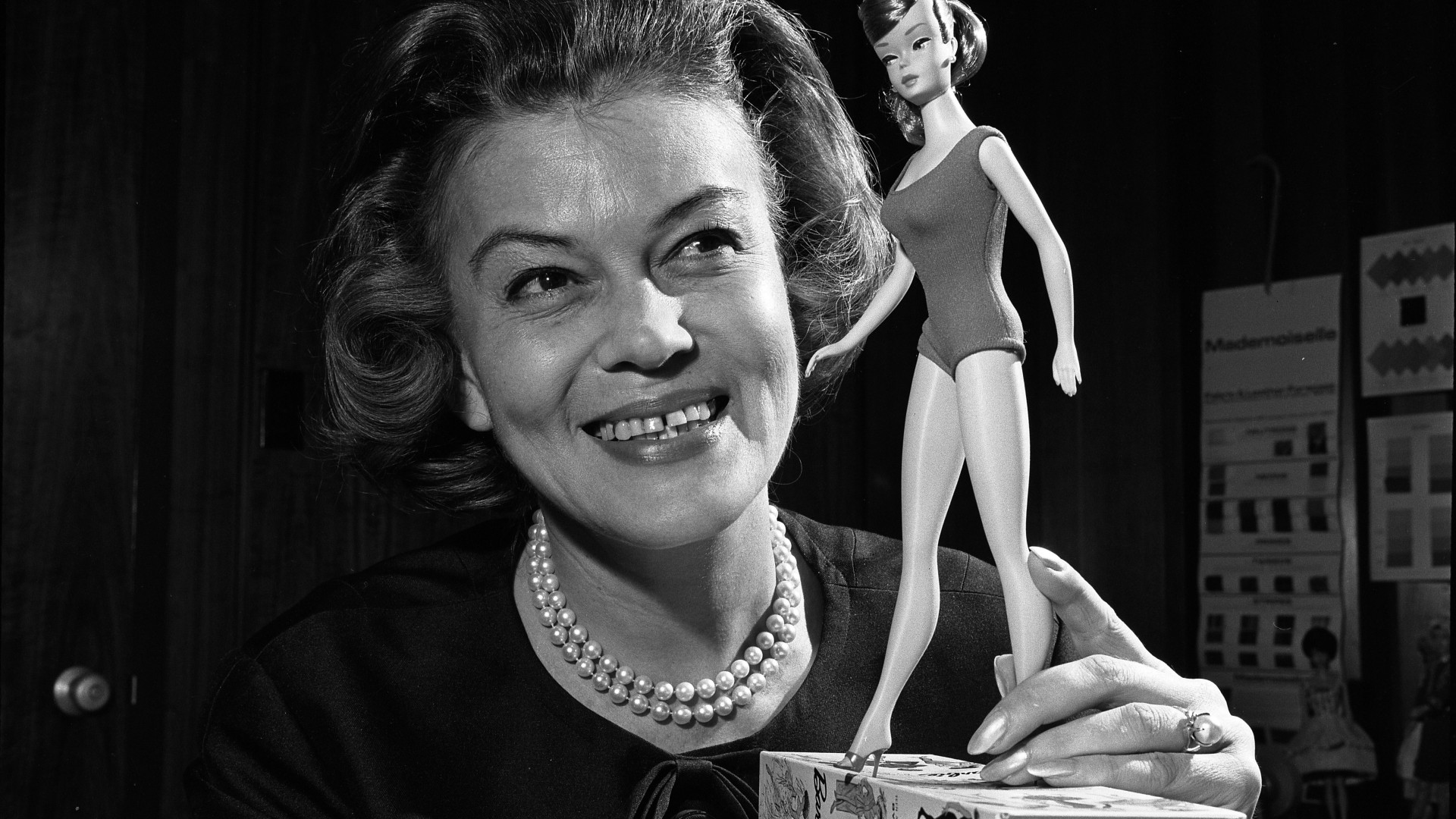 Nelson Tiffany, Los Angeles Times on Wikimedia
Nelson Tiffany, Los Angeles Times on Wikimedia
4. Promotes Materialism
Barbie has perfect clothes, a perfect house, and all the perfect stuff. She drives the coolest cars and swims in a designer bikini in her awesome pool. With all her flashy items, Barbie promotes materialism hard. She’s showcasing that the best life requires the best stuff which is not the right message.
5. Reinforces Pink Gender Bias
What’s the first color that comes to mind when you think of Barbie? If you don’t think pink, you don’t know Barbie. Despite her diverse representations, Barbie is still reinforcing gender bias in many ways, especially when it comes to the color pink. When kids think pink is for girls and blue is for boys it can lead to identity issues, stereotyping, and bullying.
6. Promotes Consumerism
Barbie loves to shop! She’s a massive consumer in her Barbie world and a contributor to the consumer culture in the real world. Barbie has partnered with all kinds of brands and consumer products like home decor and clothing. She promotes buying stuff we don’t need.
7. Limited Representation
Despite everyone the doll has represented, some will argue that she still has a long way to go. The underrepresented people she has showcased haven’t been in the spotlight much. Her original “perfect” white girl status is still the most represented version out there and it’s hard to see her as more than that.
8. Wrapped In Plastic
Barbie is a plastic toy after all. She is a manufactured doll that is mass-produced, adding to pollution. She is made from plastic and she is packaged in plastic, causing a lot of waste from the creation process to post-life off the shelves.
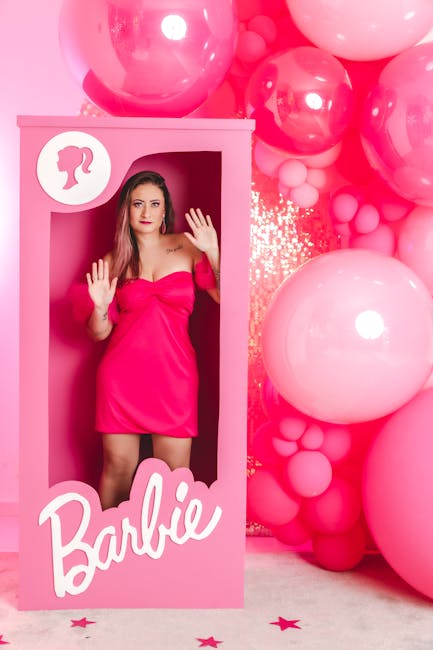 Criativa Pix Fotografia on Pexels
Criativa Pix Fotografia on Pexels
9. Misrepresents Females
The way Barbie speaks in her films often only represents one type of female. She can come across as a bit air-headed which doesn’t represent women well, even though she’s trying to promote equality and girl power. Yes, she’s pushing boundaries but does she have to talk like a bimbo?
10. Ken’s Bad Too
The Ken doll doesn’t represent males well either. He has an idolized unrealistic body with his plastic washboard abs and tall height which can lead to body dysmorphia. He also demonstrates that he is shallow and not very bright, heavily leaning toward the notion that appearance and status are everything.


